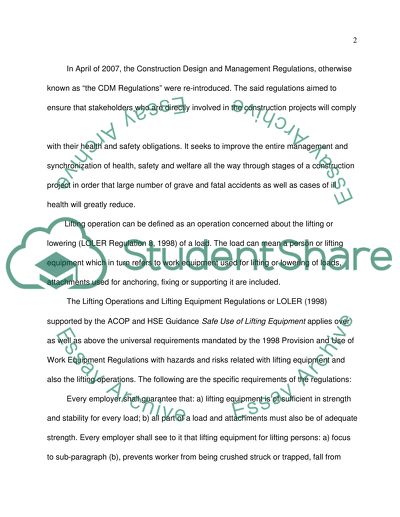Cite this document
(“The importance of Occupational Health and Safety studies Essay”, n.d.)
Retrieved from https://studentshare.org/miscellaneous/1508130-the-importance-of-occupational-health-and-safety-studies
Retrieved from https://studentshare.org/miscellaneous/1508130-the-importance-of-occupational-health-and-safety-studies
(The Importance of Occupational Health and Safety Studies Essay)
https://studentshare.org/miscellaneous/1508130-the-importance-of-occupational-health-and-safety-studies.
https://studentshare.org/miscellaneous/1508130-the-importance-of-occupational-health-and-safety-studies.
“The Importance of Occupational Health and Safety Studies Essay”, n.d. https://studentshare.org/miscellaneous/1508130-the-importance-of-occupational-health-and-safety-studies.


